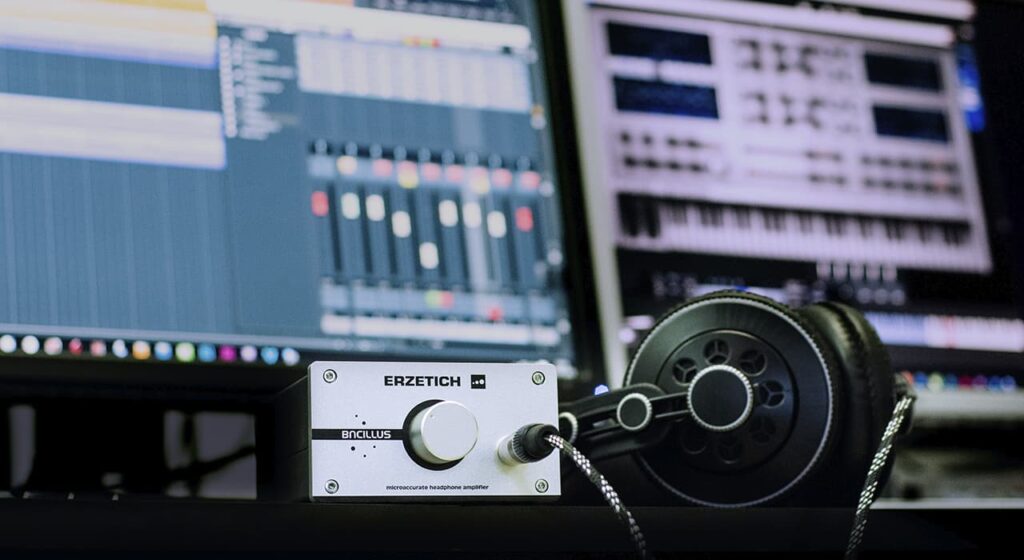In the 1940s improved microphone design allowed for a more intimate style of singing, and ten or twenty years later inexpensive and more durable 45 rpm singles records “revolutionized the way pop music was distributed,” which helped move pop music into the ” recording/radio/film system. Another technological change was the ubiquity of television in the 1950s, when performances were broadcast on television, causing “pop stars to be visually present.” In the 1960s, the advent of inexpensive portable transistor radios meant that teenagers in developed countries could listen to music outside the home. By the early 1980s, the promotion of pop music was heavily influenced by the rise of music TV channels such as MTV , which “favored artists such as Michael Jackson and Madonna who had strong visual appeal.”
Multi-track recording (from the 1960s) and digital sampling (from the 1980s) were also used as methods for creating and developing pop music. In the mid-1960s, pop music repeatedly mastered new sounds, styles, and techniques that inspired its listeners’ public discourse. The word “progressive” was used frequently, and it was thought that each song and single should be an “extension” from the last. Music critic Simon Reynolds writes that, beginning in 1967, there would be a divide between “progressive” pop music and “mass/chart pop,” a division that “was also, broadly speaking, a division between boys and girls, middle class and working class. -the academic class.”
In the second half of the 20th century, a large-scale trend emerged in American culture as the boundaries between art and pop became increasingly blurred. Between 1950 and 1970 there was a debate between pop music and art. Since then, some music publications recognized the legitimacy of music, and this trend was called “poptimism”.
Stylistic Evolution
The British Invasion of the 1960s marked a period when the U.S. charts were flooded with British artists such as the Beatles (pictured 1964).
Throughout its development, pop music absorbed influences from other genres of popular music. Early pop music drew on sentimental ballads in its form, using vocal harmonies from gospel and soul music, instruments from jazz and rock, orchestration from classical music, tempo from dance music, sustain from electronic music, rhythmic elements from hip-hop music, and spoken passages from rap. In 2016, Scientific ReportsA study that examined more than 464,000 recordings of popular music recorded between 1955 and 2010 found that since the 1960s, pop music has found less diversity in pitch change, an increase in average volume level, less variety in instrumentation and recording techniques, and less timbral diversity.
In the 1960s most popular pop music fell into two categories: guitar, drum & bass bands or singers backed by a traditional orchestra. Since the beginning of the decade it has been commonplace for pop producers, songwriters and engineers to experiment freely with musical form, orchestration, unnatural reverb and other sound effects. Some of the best known examples are Phil Spector’s “Wall of Sound” and Joe Meek’s use of homemade electronic sound effects for artists such as Tornados.
Before the emergence of progressive pop music in the late 1960s, performers were generally unable to define the artistic content of their music. With the economic boom of the mid-1960s, record companies began investing in artists, giving them the freedom to experiment and offering them limited control over their content and marketing. This situation worsened after the late 1970s and would not be repeated until the emergence of Internet stars. Indie-pop, which emerged in the late 1970s, marked another departure from the glamour of modern pop music, when guitar bands formed on the then-new premise that one could record and release his own music without the need for a recording contract.from a major label.
Michael Jackson (left) and Madonna (right), known respectively as “the king and queen of pop” since the 1980s.
The 1980s are usually remembered for the increasing use of digital recording, associated with the use of synthesizers, with the rise in popularity of synth-pop music and other electronic genres using non-traditional instruments. By 2014, pop music worldwide was permeated by electronic dance music . In 2018, researchers at the University of California, Irvine concluded that pop music has become “sadder” since the 1980s. Elements of happiness and brightness were eventually replaced by electronic beats, making pop music more “sad but danceable.”
